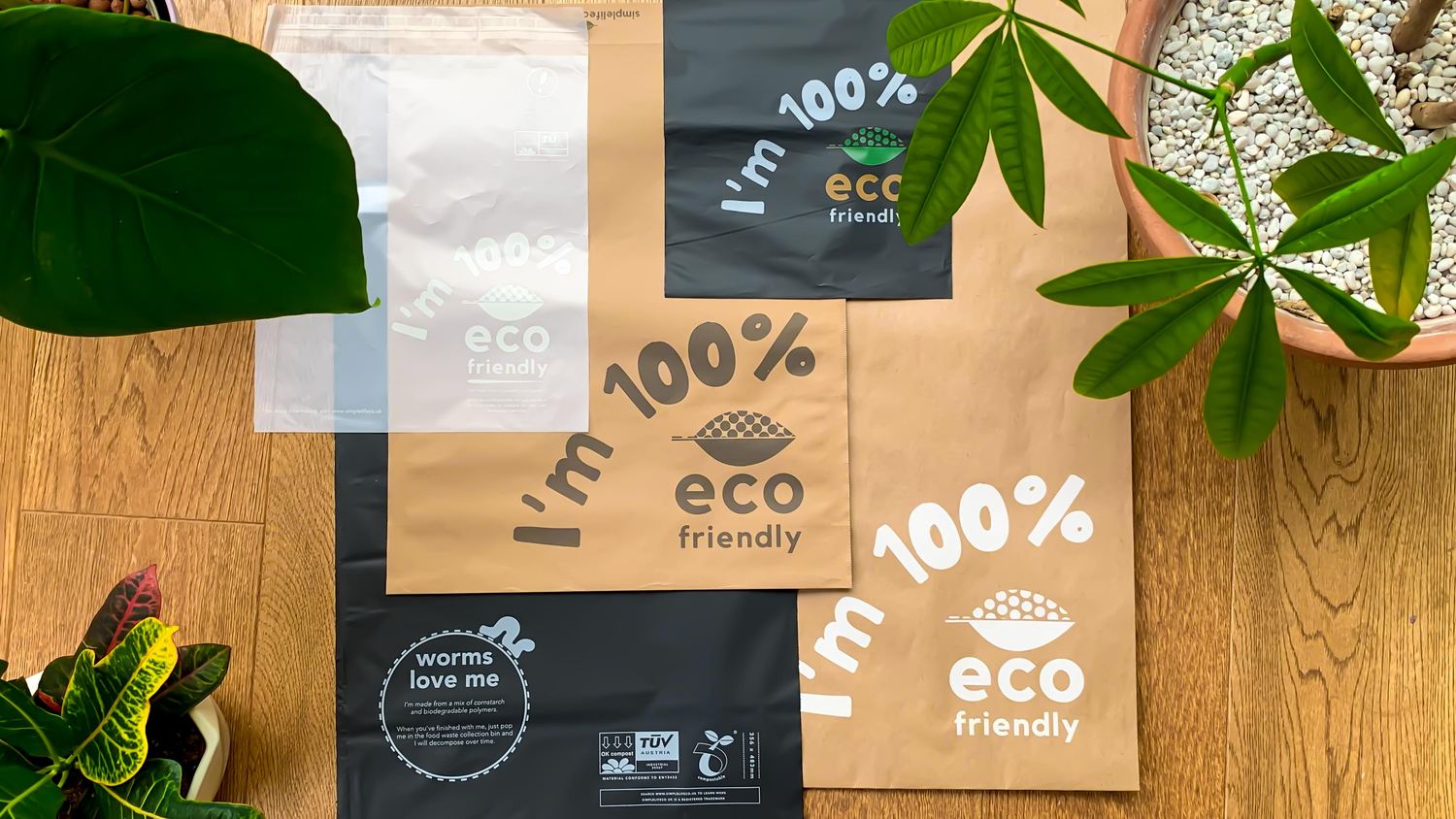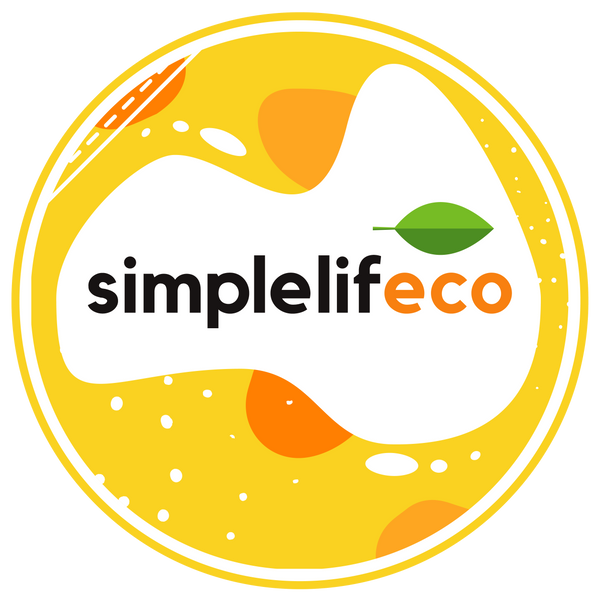The value of sustainable packaging in reducing global waste
Share
Packaging is essential to how we live our lives, protecting items when they’re transported and preserving them while they’re sitting on shelves. From food and drinks to medicines, electrical items and cosmetics, it’s hard to imagine a world where packaging doesn’t exist.
But the materials and processes used to create packaging as we know it needs to change in order to reduce global waste, and sustainable packaging is the answer. Here, we take a look at the extent of the packaging problem, why consumers are demanding better options and the brands who are making the change possible.
The extent of the problem
A staggering 40% of packaging the world produces is plastic, but nearly half of all plastic used is only used once and then thrown away. It’s one of our main environmental hazards and is causing numerous issues, from increasing greenhouse gases and killing ocean life to even finding its way into our bodies in the form of microplastics. In our convenience-based culture, from meal kits to takeaway containers and fast fashion, the plastic problem is continually growing.
Research shows that the recycling rate of plastics is a mere 14%, and nearly one third of all plastic packaging produced isn’t recyclable by nature because there aren’t facilities set-up to recycle them. Despite the potential for plastic to be repurposed and recycled, it seems we’re not utilising these properties fully, which is resulting in a planet overwhelmed with packaging waste.
In developing regions, the rise of packaging waste puts immense pressure on communities and landscapes, and waste collection facilities may not always be prepared for the growth in packaging demands. Much of the plastic packaging produced is either put in landfills or incinerated, contributing not only to land pollution but also greenhouse gases.
Consumers are driving the change
Packaging is ubiquitous in our world, and as consumerism has grown over the past few decades, the global packaging industry has remained strong. The widespread use of single-use packaging places a burden on our oceans and landfills, and threatens ecosystems the world over. But the issue hasn’t gone entirely unnoticed, and customers aren’t just ‘talking the talk’ when it comes to being environmentally-conscious, but they’re actively making changes to their purchasing habits and choosing the brands offering eco alternatives.
In fact, consumers are leading the charge in terms of demanding sustainable alternatives, fuelled by devastating images of the effects of ocean plastics and animals harmed by our wasteful habits. The rise of zero waste shops and demand for refillable water bottles proves just how affected consumers have been by the climate crisis, and how many people want to move away from single-use plastics where possible in favour of sustainable packaging and recyclable materials.
Studies suggest that 57% of consumers would be less likely to buy from a brand who uses harmful packaging, with an increasing number of consumers looking to brands who are offering something kinder to the environment.
From recyclable packaging and zero waste options to compostable materials and refillable solutions, customers are more inclined to buy from brands if they offer packaging that’s eco-friendly. And brands are starting to take note, with the US sustainable-packaging market expected to grow to over $737 billion by 2030.
How is packaging changing for the better?
There are several ways packaging is becoming more sustainable for a greener future. Firstly, materials are a huge problem in current packaging options, with plastic the primary option that businesses choose. But companies are taking a step away from plastic in favour of planet-friendly materials. Environmentally-friendly packaging doesn’t just have a lower impact on the environment in terms of waste, but it is also lighter in many cases which reduces transportation costs and the emissions caused by transportation without compromising the condition of the products within.
Mailers and envelopes created from materials really come into their own for their compostable value. Some of the most eco-friendly examples on the market include black compostable mailing bags, transparent self-adhesive bags and a range of paper mailers, glassine envelopes and board backed envelopes that come in a variety of sizes and sample packs. Certified 100% compostable and carbon neutral, they are manufactured with properties that cut down on waste, and reduce the extra costs and harmful carbon emissions related with their non-compostable counterparts, as Bethan Keeble, Director at Simplelifeco, explains, “Our compostable materials have multiple added value in contributing healthy organic nutrients back into our eco-systems. Being certified either carbon neutral and FSC is a standard. We have calculated that our compostable products offset all carbon used in production and transportation too!”
Other creative industries are following suit in their efforts to be eco-friendly and more sustainable, as Craig Chapman at the used photography business, MPB, adds, “we recirculate more than 400,000 cameras and lenses … Our sustainability commitments focus on our circularity, inclusion and diversity, and these commitments apply to everything we do.” In practice, the company utilises 100% biodegradable and recyclable packaging to mail out their items with a 3D honeycomb structure which is environmentally friendly but also highly protective. The structure locks into itself and it can be easily recycled by consumers once the package arrives.
This direct elimination of plastic elements is something other businesses are also adopting. Supermarkets such as ASDA have been gradually phasing unnecessary plastic out of their products, such as films on multi-buy tins, greeting cards and bedding. In some cases, the elimination of packaging has been innovative, with brands finding alternatives such as Carlsberg’s unique glue dots which stick a six-pack of beer together to replace the need for plastic rings.
Refills are another way that businesses are reducing packaging waste, with major businesses such as Unilever and SC Johnson offering concentrated alternatives of certain products so that consumers can decant them at home and reuse the packaging they already have. There’s a wealth of smaller start-ups joining the fold too, specialising in refillable products ranging from washing-up liquid and detergents to cosmetics.
And there are scientific advances, such as retailers who are partnering with biomaterial manufacturers to create biodegradable mushroom-based solutions which break down in a matter of weeks, and even mushrooms which consume plastic to enhance decomposition in anaerobic conditions — an issue which makes landfills such a huge environmental issue, since very little can decompose in such conditions, even natural materials.
Customers are more switched on than ever when it comes to sustainability and the importance of eco-friendly alternatives, and it’s certainly impacting their purchasing decisions, particularly where plastic is concerned. Companies that refuse to adapt when it comes to their packaging could find themselves left behind and their reputation damaged as a result.
Forward-thinking businesses can see the flexibility and benefits that sustainable packaging provides, and those willing to adopt greener packaging solutions will come out on top — especially as consumer attitudes shift. Brands that can fully embrace the principles of the circular economy mindset will deliver a better experience for consumers and minimise their impact on the planet.
- Guest written by Annie Button

